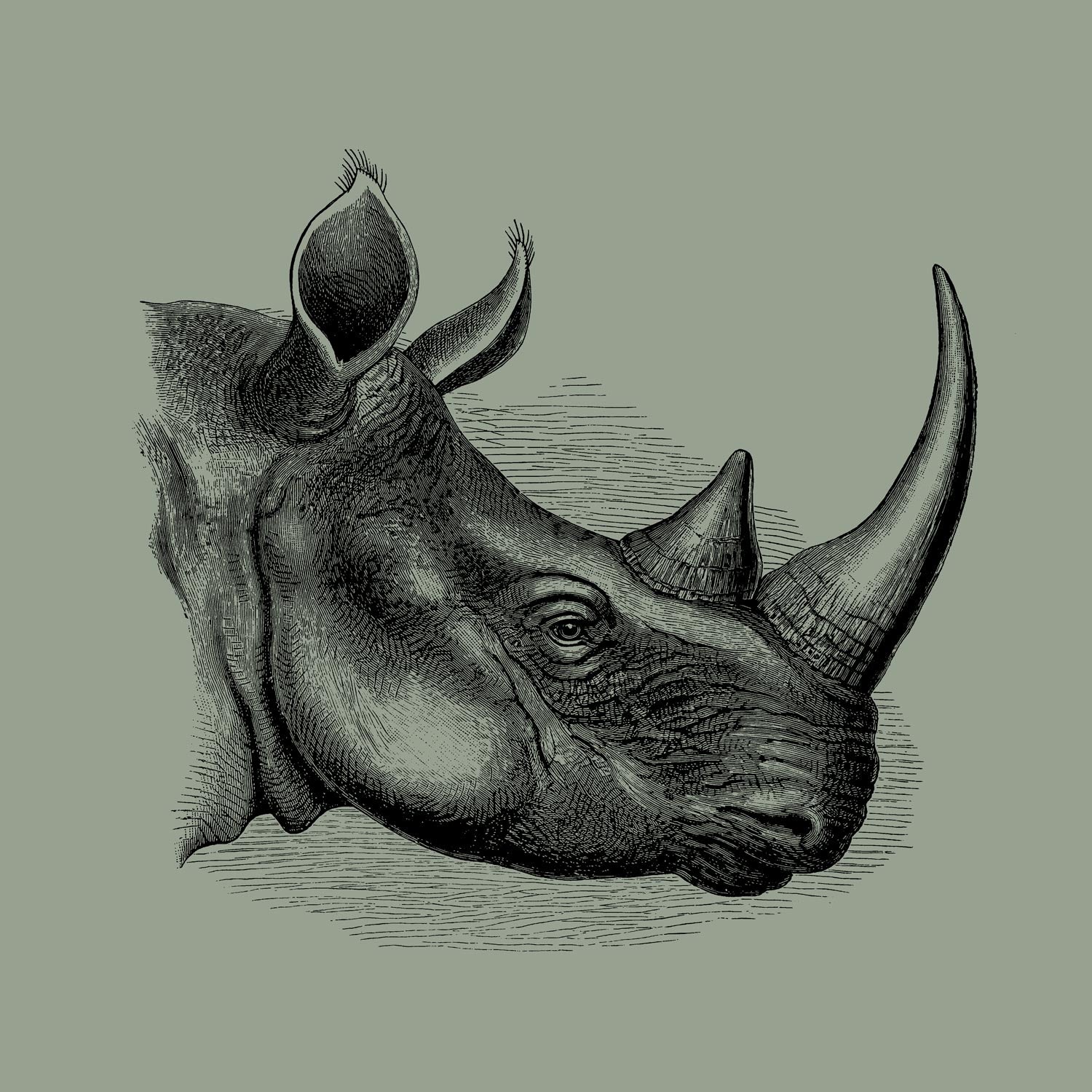What is Mimicry in Plants?
How Do Flowers That Don't Produce Nectar Encourage Pollination?
 Epidendrum ibaguense By Alejandro Bayer Tamayo Epidendrum ibaguense By Alejandro Bayer Tamayo
|
 Asclepias curassavica 'Silky Gold' By Derek Ramsey (Ram-Man) Asclepias curassavica 'Silky Gold' By Derek Ramsey (Ram-Man)
|
Why Do Plants Mimic Insects?

Illustration of leaf and flower morphology for Ophrys apifera.
|
 Bee Orchid by Bernard DUPONT Bee Orchid by Bernard DUPONT
|
The Hammer orchid (Drakaea) has a labellum with the same shape and colour as a female Thynnid wasp. The flower also emits a chemical similar to the pheromone produced by the female wasp. A labellum is a petal designed to attract insects and serves as a landing site for them. Once the male Thynnid wasp lands, he tries to carry off the labellum, thinking it's his mate. The female Thynnid wasp is flightless, and copulation occurs during flight as the male carries her to a food source. During this attempt, pollen attaches to him. Once he gives up trying to detach the labellum, he tries his luck elsewhere, possibly on another hammer orchid, transferring the pollen he carries to its stigma.
Do Plants Use Mimicry For
|
Cryptic mimicry describes a scenario where a prey organism changes its appearance or habits to avoid detection by a predator. Animals and plants use visual camouflage to conceal themselves, and mimic plants can change their leaves' orientation, colour, shape or texture to achieve this. Researchers hypothesise that cryptic mimicry reduces the chance of the herbivores eating the plant. The South American Boquila trifoliata is a climbing vine that can camouflage itself by mimicking the leaves of the trees and plants it grows on. It has a unique gift and can mimic several hosts despite no parasitic relationships (a relationship where one organism benefits at the expense of the other). Read more here!
 - Flickr: Boquila trifoliata
- Flickr: Boquila trifoliata
|
Interested In Learning More? |
|
Get Flowers and Plants via paperback or eBook and access hundreds of beautifully rendered botanical illustrations to use in graphic design projects, wedding invitations, collages and art projects. It is the best reference material available for your botanical illustrations and designs.
This 2020 offering from Vault Editions is a brilliantly curated resource of over 400 high-resolution vintage botanical illustrations that will provide you with precisely that. This book features inspiring artwork from acclaimed botanical illustrators and taxonomists such as Hoola van Nooten and J.Pass. This pictorial archive features a diverse range of lush tropical flowers, fruits, palms, ferns, cacti, carnivorous plants and exotic fungi. Also featured are masterfully rendered perennials, roses, classic ornamental garden varietals and more.
Download Included:
Each book comes with a unique download link providing instant access to all 400+ images featured. These images can be used in art and design projects, or printed and framed to make stunning decorative artworks for home and office.
|

|


 Glossy-leaved hammer orchid
Glossy-leaved hammer orchid

